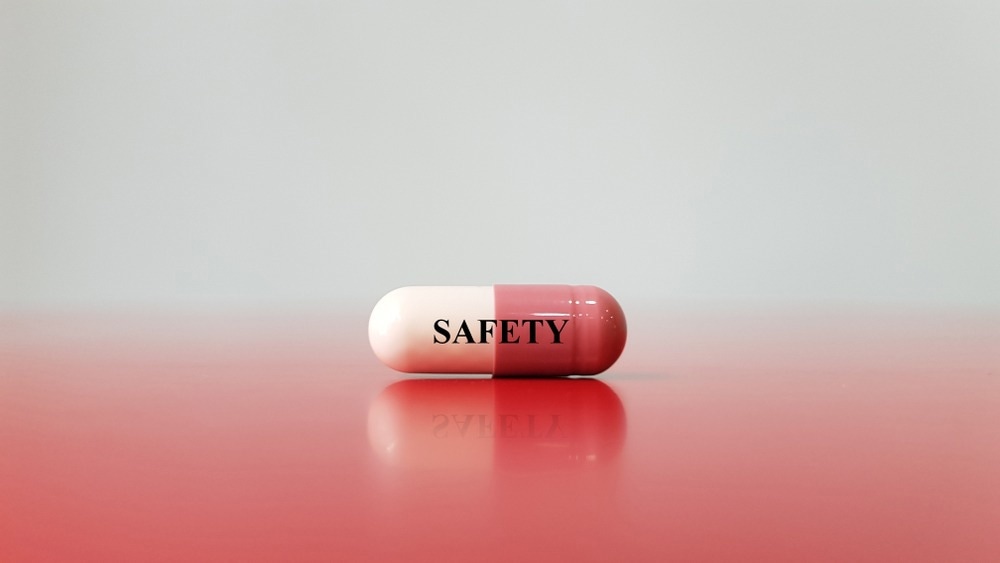Pharmacovigilance is a relatively new discipline used to describe the science and activities within the pharmacology industry; this includes the detection, assessment, comprehension, and prevention of adverse effects, as well as other medical or even vaccine-related issues.
Pharmacovigilance systems have been put into place around the world to ensure a high level of public health protection; an example includes the EU pharmacovigilance system, which is a transparent tool used to monitor drug safety within the European market. These systems are instrumental for patient care, with patients being able to report drug adverse side effects to authority committees directly.
The activities of pharmacovigilance systems comprise: (i) collecting and managing data pertaining to drug safety, (ii) analyzing ‘new’ safety signals, (iii) decisions pertaining to safety, (iv) proactive risk management, (v) protection of public health, (vi) communicating with stakeholders and the public, and (vii) audit of outcomes and processes.
Understanding Pharmacovigilance
Benefits of Pharmacovigilance
These activities and systems ensure patients are provided with the highest quality of treatment and care, with drugs with extreme adverse effects being filtered out of the process and drugs with minimal effects being approved for the market. Protecting public health and safety is instrumental for optimum disease control as well as advancing fields, including research and medicine.
With the transformation of disease control and the treatment landscape dependent on medicines and vaccines, these areas have been significant for a more advanced society. This has ensured diseases, including viruses, such as the COVID-19 virus, responsible for the COVID-19 pandemic, have been controlled to reduce mortality and morbidity.
Challenges surrounding Pharmacovigilance
While medicines and vaccines have become ubiquitous in populations, the challenges have also been widespread through negative side effects.
Side effects of chemotherapy drugs for cancer can include but are not limited to toxicity, which can lead to organ dysfunction and failure, hair loss, myelosuppression, sterility, and infections.
Adverse effects from drugs have led to an assessment before a medicine product is authorized for safe use, which consists of evaluating evidence for its safety and efficacy. This is carried out through a long process, such as through clinical trials, which is required before Food and Drug Administration (FDA) approval.
Clinical trials are an integral component of drug analysis and assessment. The development of novel drugs can take over 12 years to reach approval from its early stages, including identifying a biological target, and costs approximately $2.6 million. These trials can be used to evaluate the safety, efficacy as well as the dosage of drugs through the use of various volumes of participant groups. Although this process can take a lengthy amount of time, it ensures the drug is thoroughly examined before it is commercially available.
However, even after a drug has been authorized, adverse effects, while relatively minimal and at the lower end of the danger scale, are still common, and this is noted in the label of most medicine packages. Additionally, there are more dangerous adverse effects that an authorized drug can lead to. This may only emerge after these drugs have been used ubiquitously by heterogeneous population groups, including those with underlying health conditions over time.

Image Credit: joel bubble ben/Shutterstock.com
Future Outlook
The field of pharmacovigilance has grown considerably, which has benefitted public health and safety, with drugs being analyzed and evaluated on their level of safety before being made available to the market.
The use of pharmacovigilance systems and regulatory authorities, including the European Medicines Agency (EMA) and their Pharmacovigilance Risk Assessment Committee (PRAC), ensure precise evaluation of medicines. Additionally, these systems also evaluate data on safety, including new signals and measures, which are examined continuously. This can also occur through patient interaction after negative side effects have been observed, which is beneficial as some adverse effects only emerge after being used over a period of time by heterogenous population groups.
Side effects that are unusual for the medicine product can raise a flag to the pharmacovigilance committee and lead to further investigation, ultimately leading to a change in drug prescription. This type of interaction with patients ensures that medicine is patient-focused, which can aid in ensuring that drugs are assessed for quality, efficacy, and safety, as opposed to economic gain or status.
Additionally, with all pharmaceutical drugs going through the FDA process, only a small volume of drugs is approved, and this can aid in ensuring effective drugs are being approved for the highest level of patient care and treatment.
Sources:
- Amjad MT, Chidharla A, Kasi A. Cancer Chemotherapy. [Updated 2022 Mar 3]. In: StatPearls [Internet]. Treasure Island (FL): StatPearls Publishing; 2022 Jan-. Available from: https://www.ncbi.nlm.nih.gov/books/NBK564367/
- Beninger P. Pharmacovigilance: An Overview. Clin Ther. 2018;40(12):1991-2004. doi:10.1016/j.clinthera.2018.07.012
- Pharmacovigilance. Who.int. https://www.who.int/teams/regulation-prequalification/regulation-and-safety/pharmacovigilance. Published 2022. Accessed October 17, 2022.
- Pharmacovigilance: Overview - European Medicines Agency. European Medicines Agency. https://www.ema.europa.eu/en/human-regulatory/overview/pharmacovigilance-overview. Published 2022. Accessed October 17, 2022.
- Public Health - Pharmacovigilance. European Commission. https://health.ec.europa.eu/medicinal-products_en. Accessed October 17, 2022.
- The Drug Development Process. U.S. Food and Drug Administration. https://www.fda.gov/patients/learn-about-drug-and-device-approvals/drug-development-process. Published 2022. Accessed July 18, 2022.
Further Reading